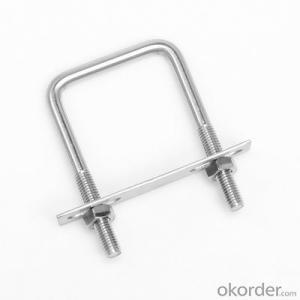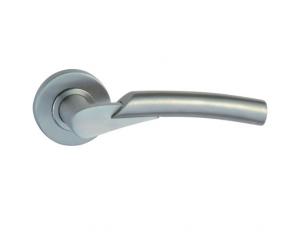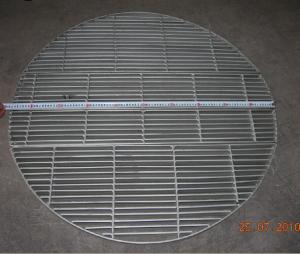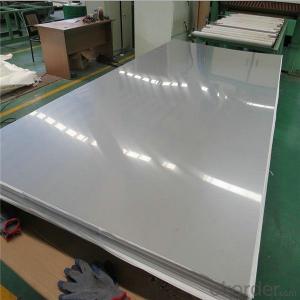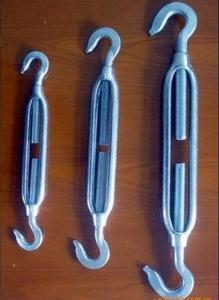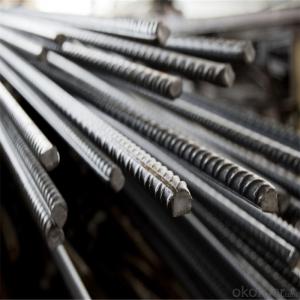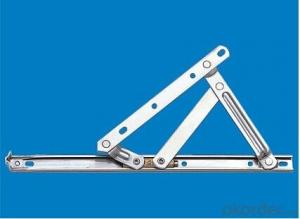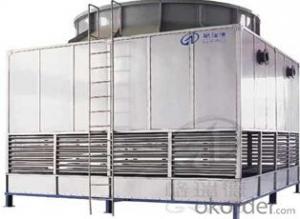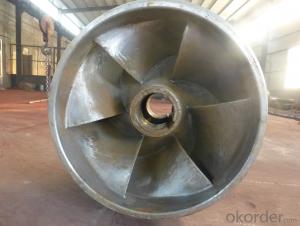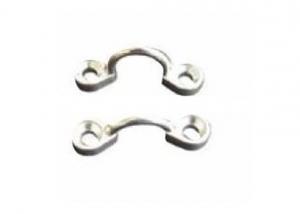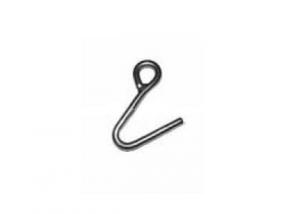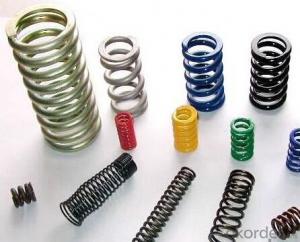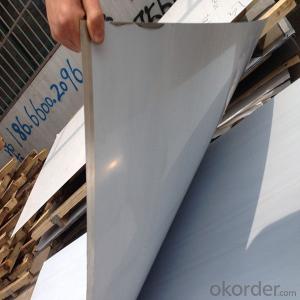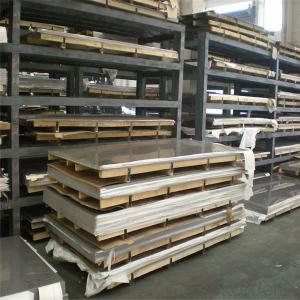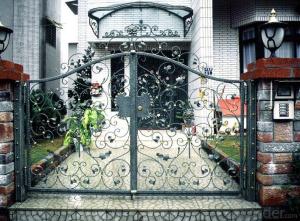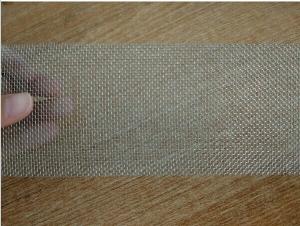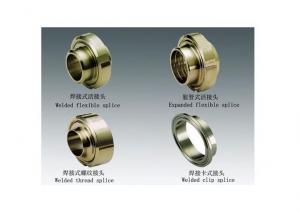Stainless Steel Hardness
Stainless Steel Hardness Related Searches
Hardness Of Stainless Steel Stainless Steel Mohs Hardness Stainless Steel Strength 304 Stainless Steel Hardness Density Of Stainless Steel 316 Stainless Steel Hardness Stainless Steel Density Stainless Steel Weight Cast Iron Hardness Weight Of Stainless Steel Stainless Steel Gauge Thickness Stainless Steel Yield Strength Stainless Steel Conductivity Stainless Steel Thickness Chart Density Stainless Steel Conductivity Of Stainless Steel Stainless Steel Corrosion Hardness Cast Iron Stainless Steel Weights Properties Of Stainless Steel Stainless Steel Oxidation Density Of 304 Stainless Steel Stainless Steel Structure Sg Iron Hardness Density Of 316 Stainless Steel Stainless Steel Properties Density Of Stainless Steel 304 Stainless Steel Per Pound Stainless Steel Quality Stainless Steel GradeStainless Steel Hardness Supplier & Manufacturer from China
Stainless Steel Hardness refers to the range of products that are known for their durability and resistance to corrosion. These products are made from stainless steel, a popular material that contains a minimum of 10.5% chromium content, which provides a protective oxide layer on the surface. This layer helps to prevent corrosion and staining, making stainless steel hardness products ideal for various applications.Stainless steel hardness products are widely used in numerous industries due to their strength, durability, and resistance to harsh environments. Common usage scenarios include construction, automotive, aerospace, and household appliances. These products can be found in the form of sheets, bars, tubes, and other shapes, catering to the specific needs of different applications. Their ability to withstand high temperatures, corrosion, and wear makes them a preferred choice for many industries.
Okorder.com is a reputable wholesale supplier of stainless steel hardness products, boasting a vast inventory to cater to the diverse needs of customers worldwide. With a commitment to quality and customer satisfaction, Okorder.com ensures that the stainless steel hardness products they offer meet the highest industry standards. By providing a comprehensive selection of stainless steel products, Okorder.com has established itself as a trusted source for businesses and individuals seeking reliable and durable materials.
Hot Products

